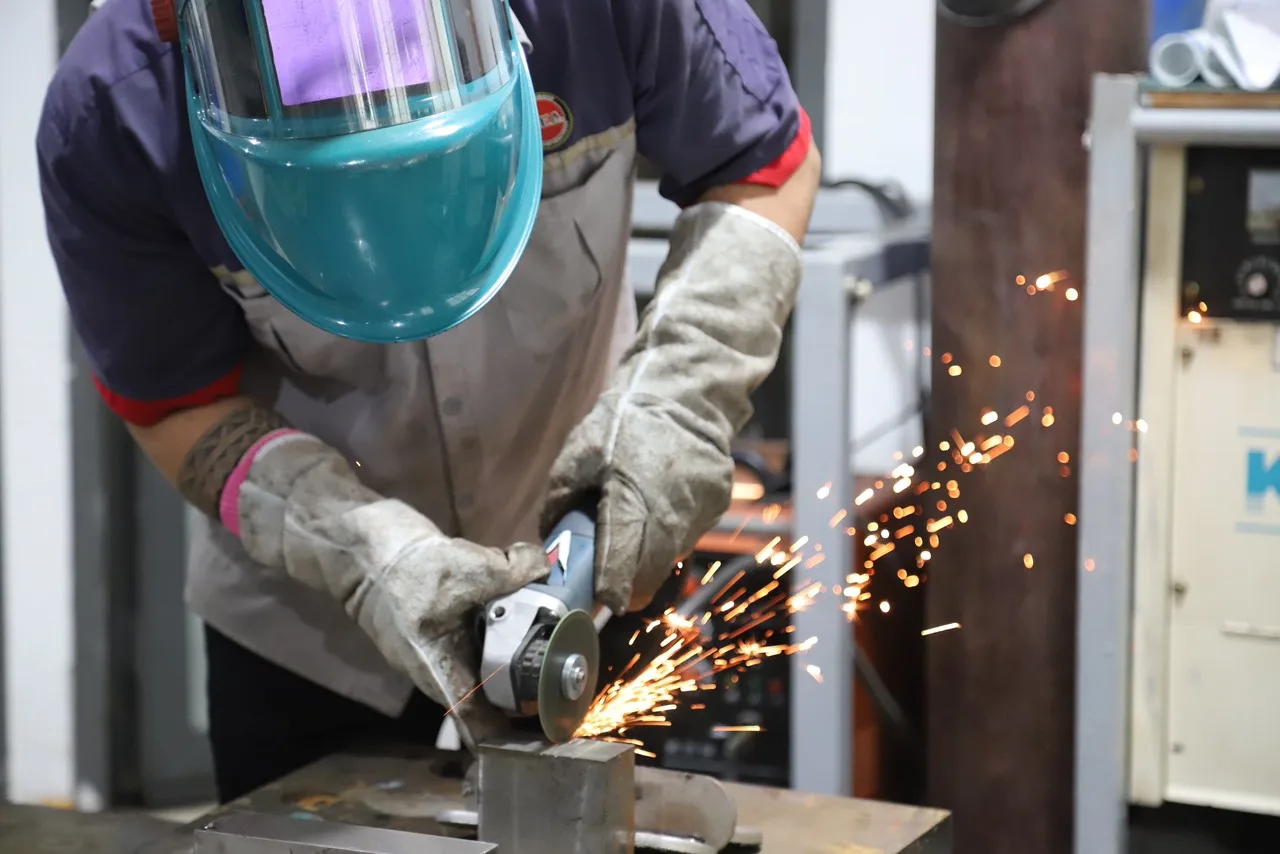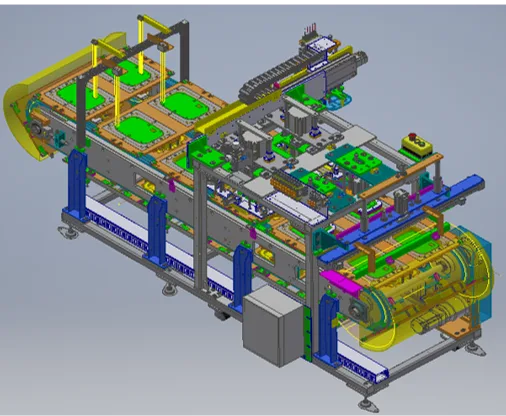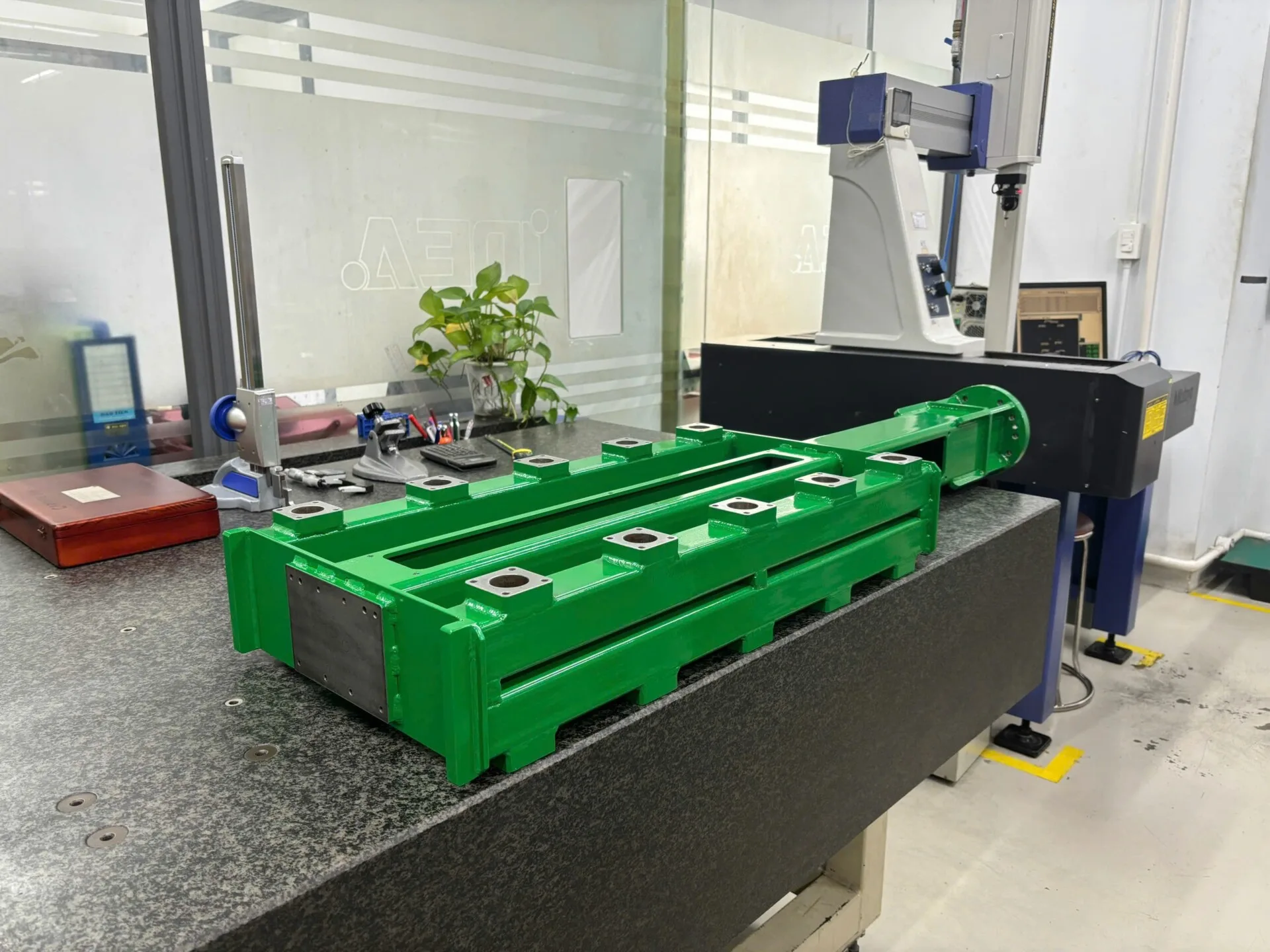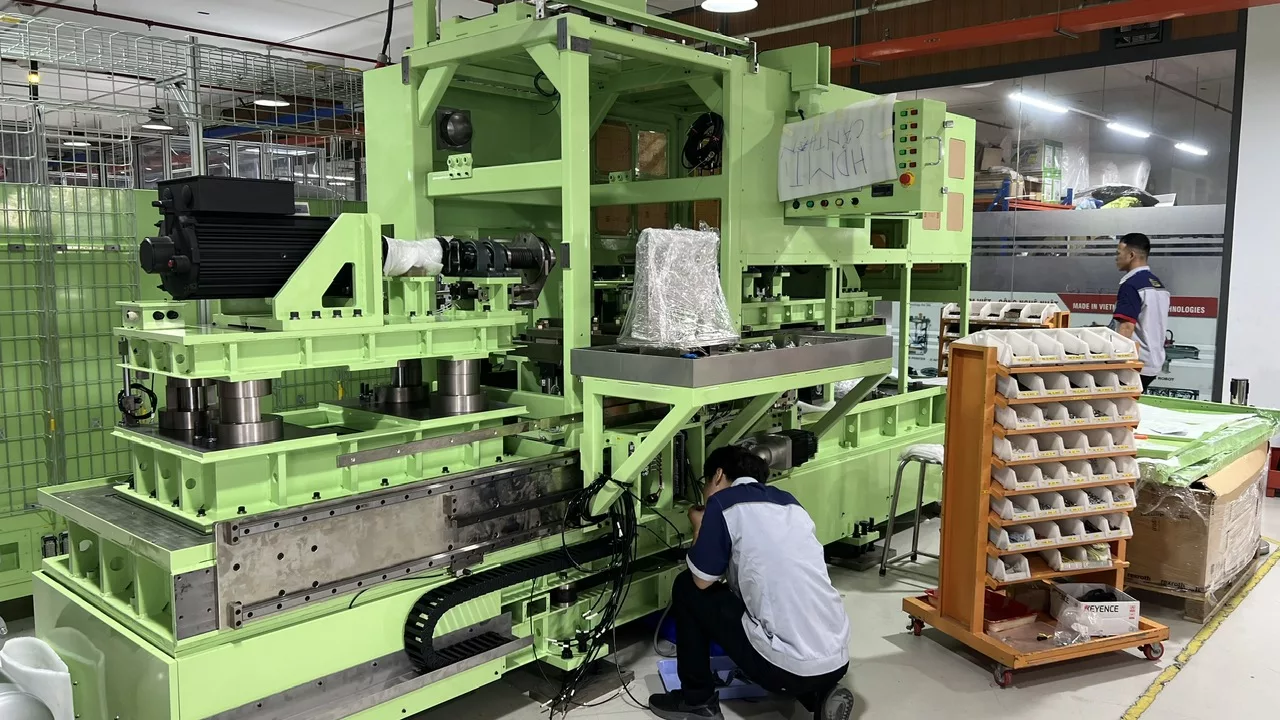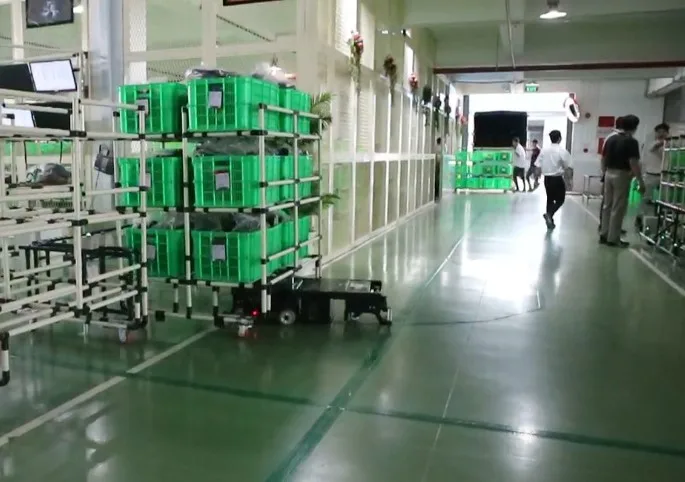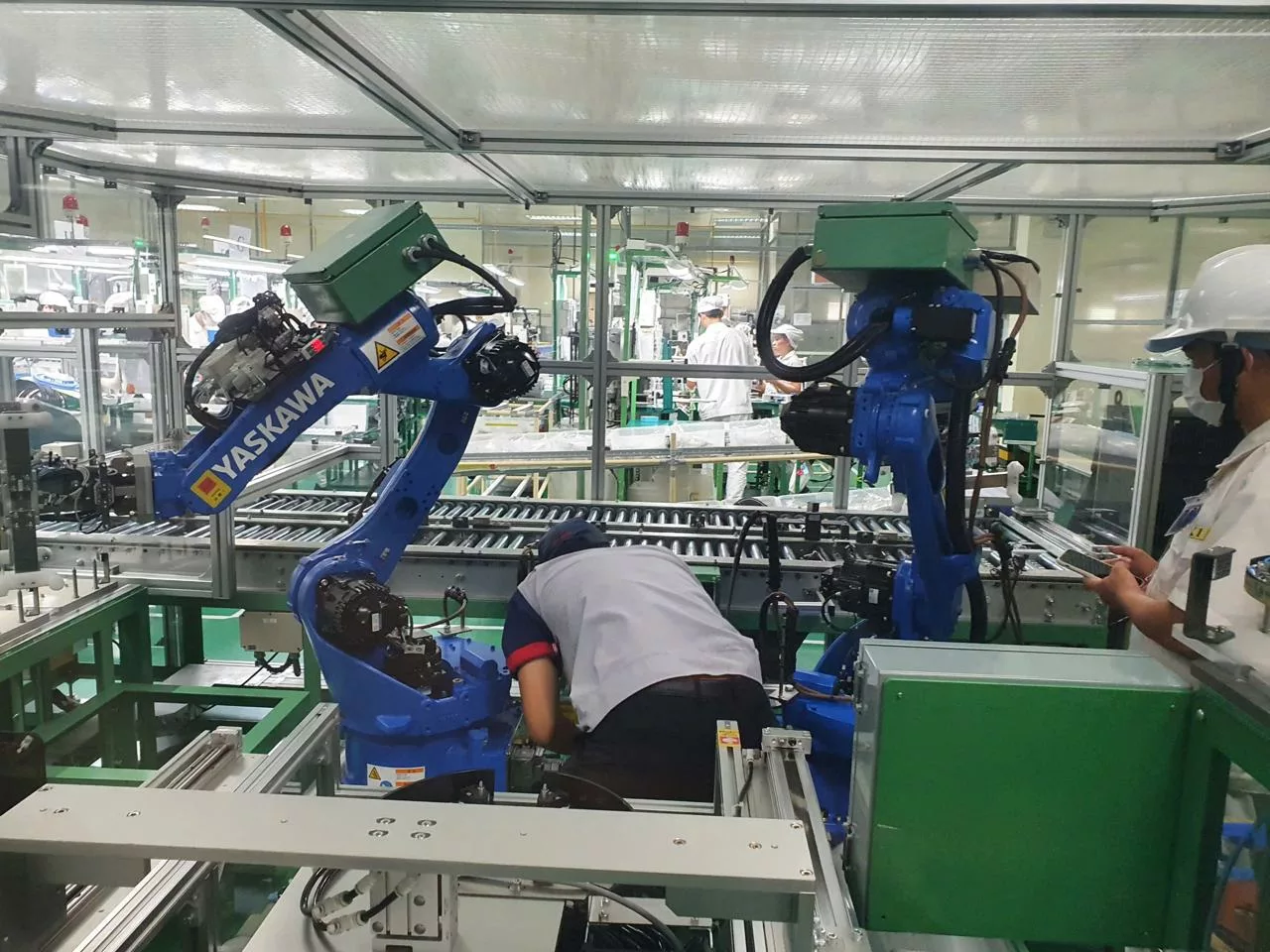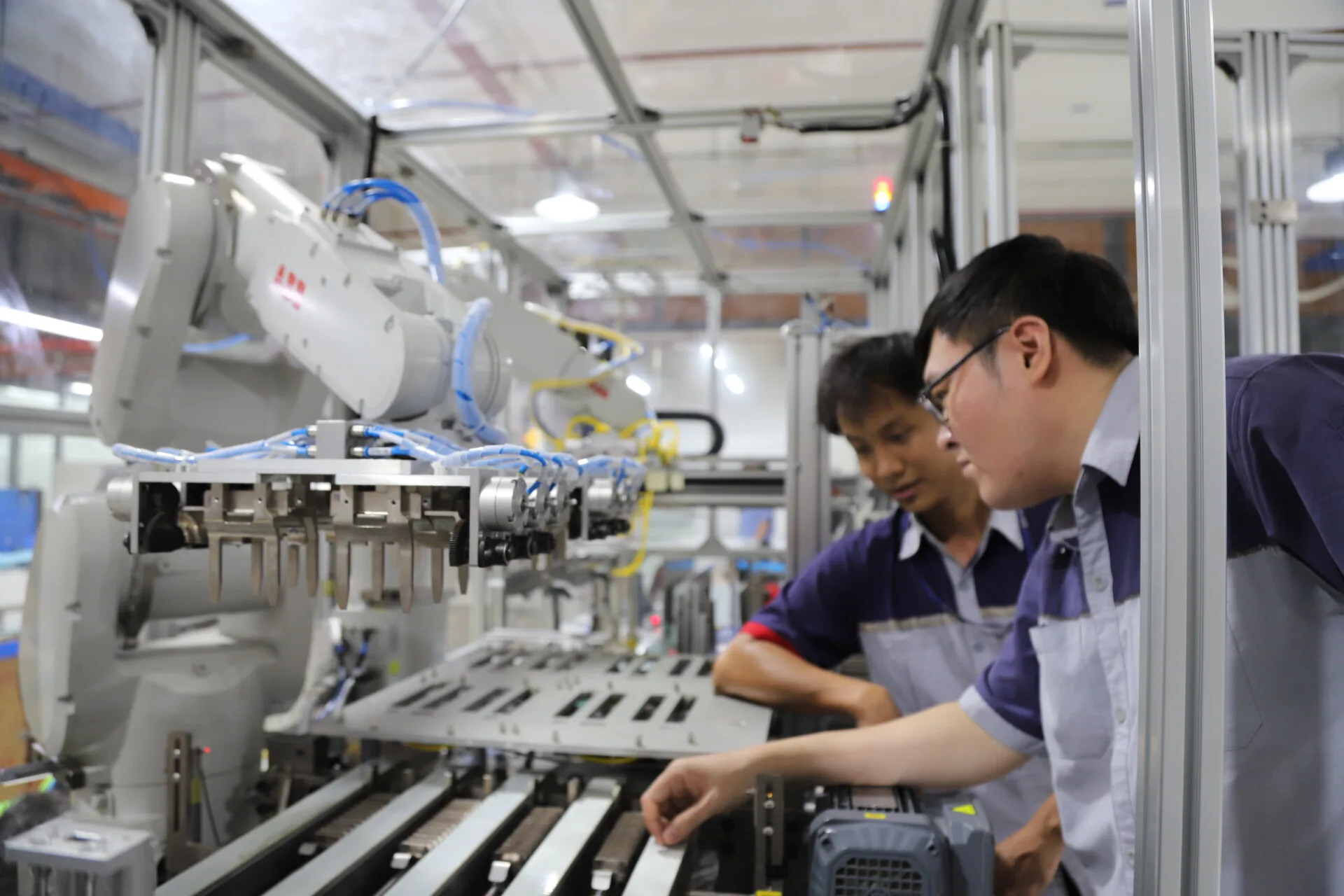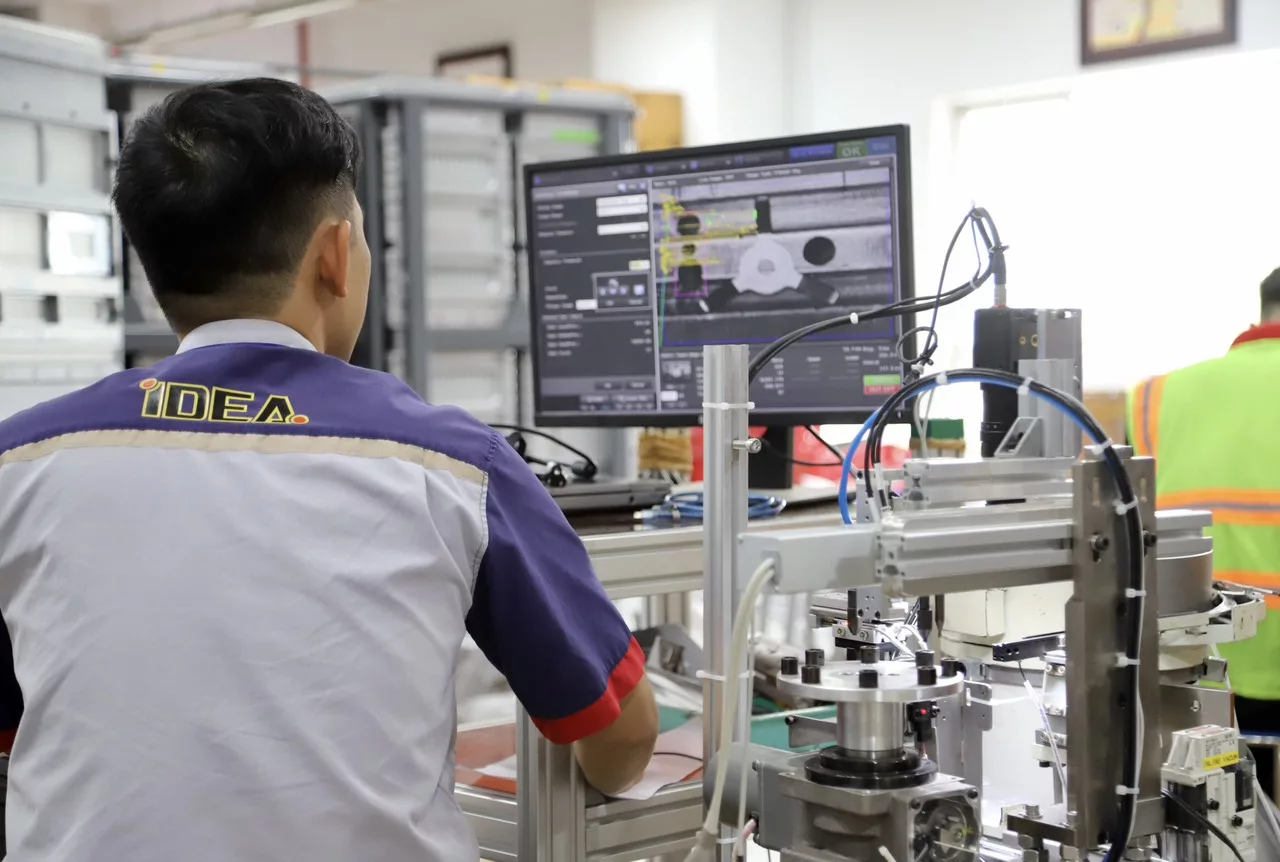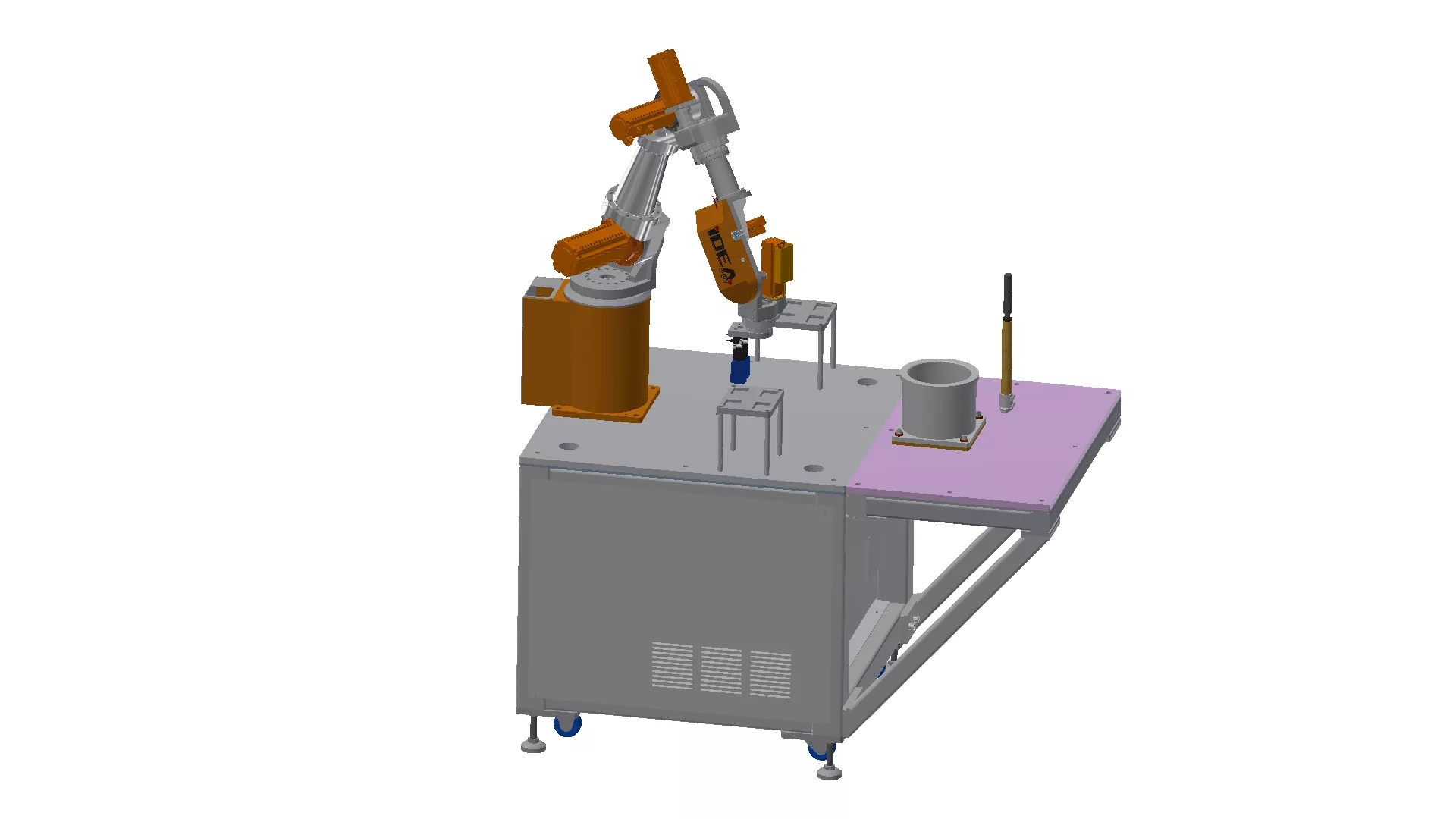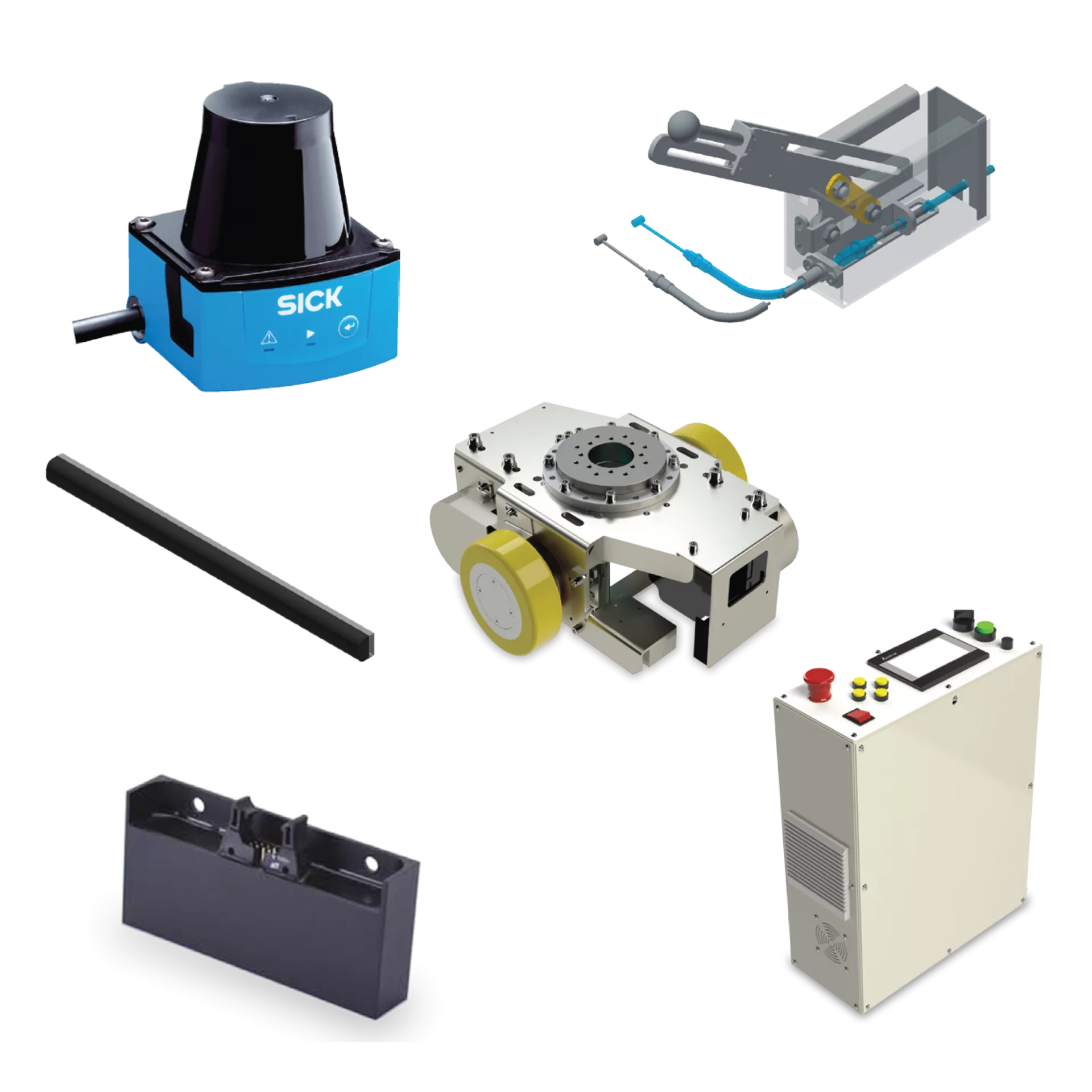In modern machine design, achieving precision and reliability requires robust engineering practices—one of which is tolerance stack-up analysis. Tolerance stack-up, a core concept in mechanical accuracy, involves calculating how individual part tolerances accumulate and affect the final assembly. Without proper attention, misalignments, fit issues, or functional failure may occur, especially in high-precision assemblies. Leveraging advanced CAD tools can drastically improve the analysis and predictability of tolerance accumulations across an entire mechanism.

What Is Tolerance Stack-Up in Machine Design?
Tolerance stack-up refers to the cumulative variation caused by dimensional tolerances across multiple interconnected parts in an assembly. Each component has manufacturing variations, and when assembled, these deviations can interact in ways that compromise function or performance if not properly accounted for. This is especially critical in automated systems, precision machinery, and high-speed equipment where even microns can make a difference.
The Importance of Tolerance Stack-Up for Mechanical Accuracy
Mechanical accuracy is vital to ensure machines perform as designed. Tolerance stack-up analysis helps engineers:
- Ensure components assemble correctly without interference or gaps
- Maintain functionality across all environmental and operational conditions
- Reduce the risk of rejection or rework during manufacturing
- Optimize material and process selection for cost-efficiency
By accurately predicting assembly outcomes, this analysis becomes a cornerstone for achieving design integrity within mechanical systems.
Types of Tolerance Stack-Up Analyses
Design teams typically use two main methods of stack-up analysis:
- Worst-Case Analysis: Evaluates the maximum allowable tolerance variation. It ensures 100% functionality but may be overly conservative and expensive to implement.
- Statistical Analysis (RSS/Monte Carlo): Considers statistical variation and probability, offering flexible tolerance ranges while managing risk and cost.
Understanding the appropriate method depends on product application, quality control standards, and manufacturing capabilities.
How CAD Tools Enhance Tolerance Stack-Up Evaluation
Modern CAD tools such as SolidWorks, AutoCAD, and CATIA allow engineers to simulate tolerance stack-up with high accuracy. These systems provide:
- 3D tolerance visualization to identify areas with excess variation
- Automated calculations for linear and radial stack-ups
- Integration with geometric dimensioning and tolerancing (GD&T) standards
- Real-time feedback for design optimization
By integrating CAD tools into the workflow, companies can significantly reduce prototype iterations and accelerate production timelines. For a deeper application of CAD-based stack-up tools in machine design, visit our Machine Design and Drafting Services page.
Common Pitfalls to Avoid in Tolerance Stack-Up
Even with tools in place, teams must stay clear of common missteps:
- Ignoring cumulative effects in complex assemblies
- Over-constraining tolerances, increasing cost without added value
- Failing to validate model assumptions against physical prototypes
- Misinterpreting statistical results due to incorrect input data
Proper training and collaboration across design, quality, and manufacturing teams can reduce these risks significantly.
Real-World Applications of Tolerance Stack-Up
Tolerance stack-up is extensively applied in:
- Precision CNC machinery
- Robotic arm assemblies
- Automobile engine systems
- Electronics enclosures and fixtures
To explore related examples, the experts at CheTaoMay IDEA showcase practical use cases in Vietnam’s industrial projects, highlighting how stack-up analysis improves assembly outcomes.
Collaborative Design: A Key to Tolerance Success
Cross-functional integration is essential for effective tolerance allocation. Design teams, manufacturing engineers, and quality assurance specialists must jointly evaluate design intent, real-world process capabilities, and inspection feasibility. This holistic approach aligns with the smart manufacturing principles promoted by IDEA Techmart, creating a competitive advantage through design efficiency and process control.
Optimize Mechanical Accuracy with IDEA
Integrating robust tolerance stack-up strategies is essential to achieving mechanical accuracy in competitive industrial environments. With powerful CAD tools and data-driven analysis, engineers can anticipate and minimize dimensional variations across assemblies. Whether crafting a new concept or refining an existing product, IDEA Group offers the technical support and experience to deliver precise, cost-effective results. Start your journey with IDEA Group—your trusted partner in Vietnamese machine design and industrial innovation.









